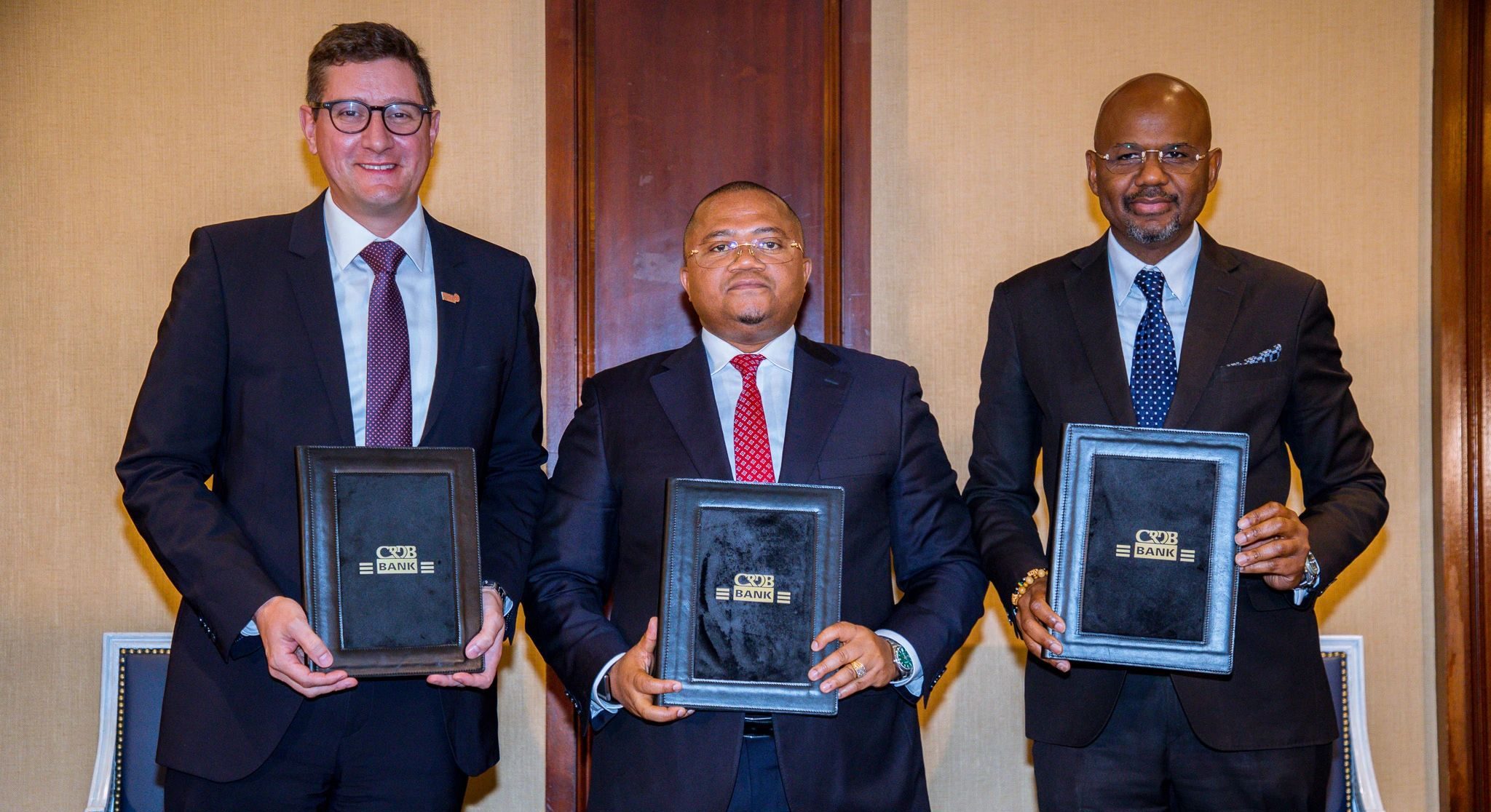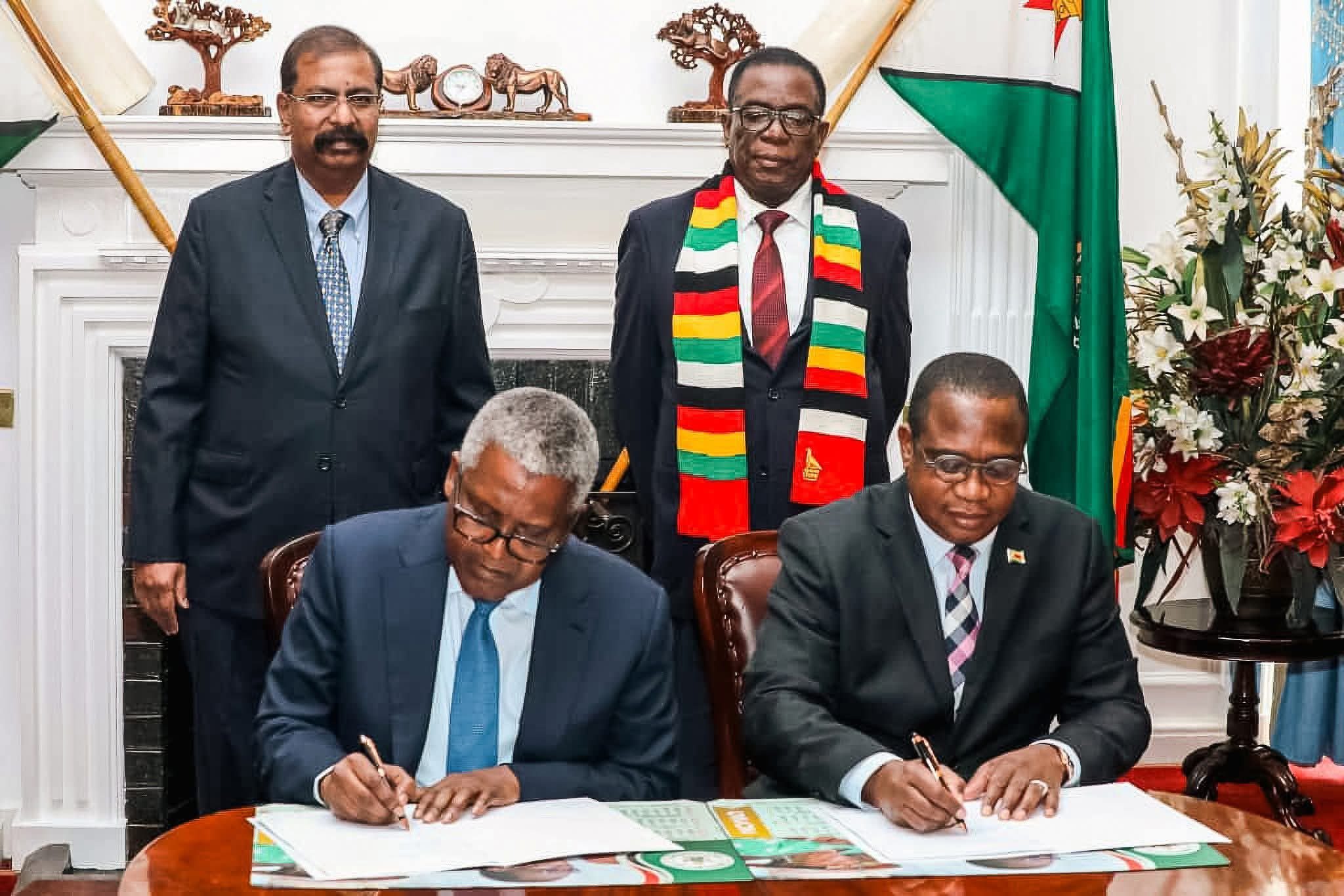
Monday, 11th August 2025.

非洲记者报道
If you run a factory, a power project or a cross-border trade business, you don’t need poetry from your lender—you need money that arrives on schedule and terms you can live with. That is the job of the Eastern and Southern African Trade and Development Bank, better known as TDB. It’s a regional development bank with simple measures of success: strong capital, predictable profit, and a loan book that answers real needs like working capital for trade and long-tenor funding for infrastructure.
The latest audited numbers give a clear picture. At the end of 2024, TDB reported total consolidated assets of about USD 9.91 billion (down slightly from USD 10.11 billion in 2023), and a group profit of USD 170.5 million for the year. For a lender that serves 25+ member states, the shape of the book matters as much as the totals. Trade keeps the region breathing day to day, and it shows in the balance sheet: trade finance loans stood at roughly USD 4.60 billion, while project finance loans were about USD 2.24 billion. In other words, TDB funds both the ship that must sail this week and the plant that must run for the next twenty years.
Under the hood, the bank carries long-term borrowings of about USD 2.53 billion, which it transforms into those trade and project loans. On the equity side, paid-in share capital sits around USD 602.7 million, with retained earnings above USD 1.3 billion—the patient capital that lets a development bank keep lending through cycles. These are the dull but vital facts that credit committees care about. When capital and earnings are steady, clients can plan.
TDB’s mandate is not abstract. The bank’s job is to unblock deals that matter to jobs and exports, especially when timelines are tight or when maturities in local markets are too short. The split between trade finance and project finance reflects that. A food processor in Dar importing inputs needs a clean letter of credit and fast settlement; a power company laying transmission needs structured funding that matches the asset’s life. The point is to keep both the daily wheel and the long game turning at once.
For Tanzania, the lender’s value shows up where corridors meet factories: smoothing working capital for importers and exporters who are shifting freight from road to SGR, providing USD liquidity when markets are thin, and co-funding industrial upgrades that reduce the country’s import bill over time. TDB’s footprint across the region is a practical advantage—if your supplier is in Lusaka or Nairobi, it helps when your bank knows the counterparties and the regulators on both sides.
The bank’s own housekeeping matters to clients as much as to ratings agencies. In 2024, the Group’s auditors signed a clean opinion under IFRS; the statements show stable risk metrics with impairment allowances taken where required and risk appetite thresholds observed. None of this is marketing—it’s the reason treasurers are willing to pick up the phone.
What should boards and CFOs watch next? Three practical things. First, speed: average times from mandate to first disbursement on both trade and project deals. Second, local-currency capacity: the more a lender can structure in shillings (or hedge cleanly), the less FX noise clients carry. Third, crowding-in effect: how often TDB’s anchor commitment pulls in commercial banks or DFIs that would otherwise sit out. Those are the truths that prove a development bank is doing development, not just banking.
The headline here is plain. TDB’s balance sheet is large and useful, profits are steady, and the loan book is shaped around what the region actually needs—swift trade lines and patient project money—backed by governance that publishes the numbers. When your business depends on moving goods and building assets on time, that combination is worth more than a slogan.


